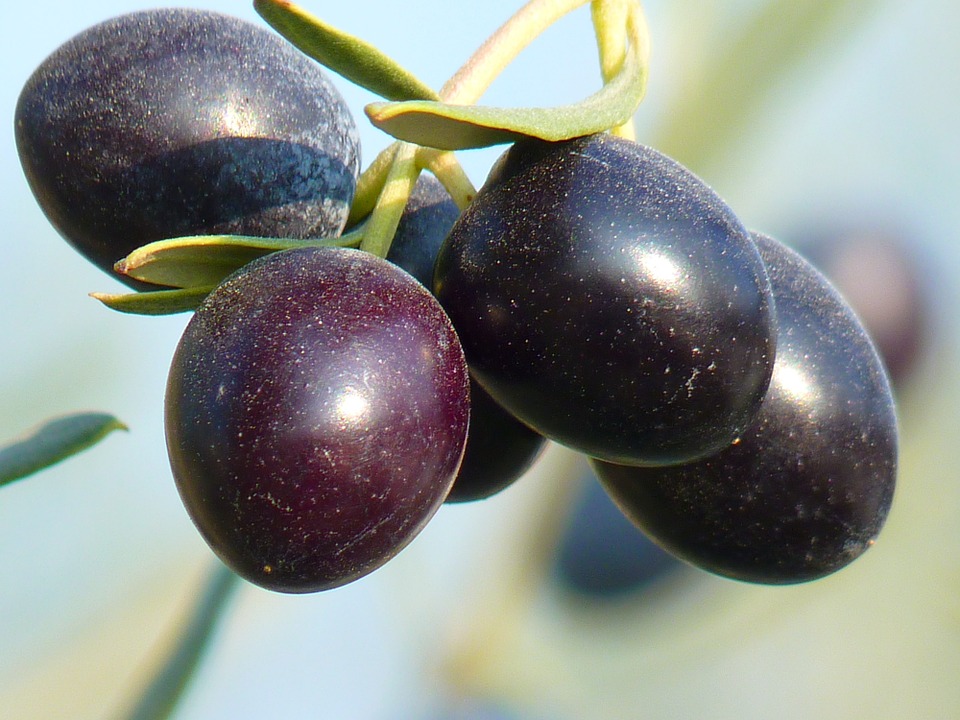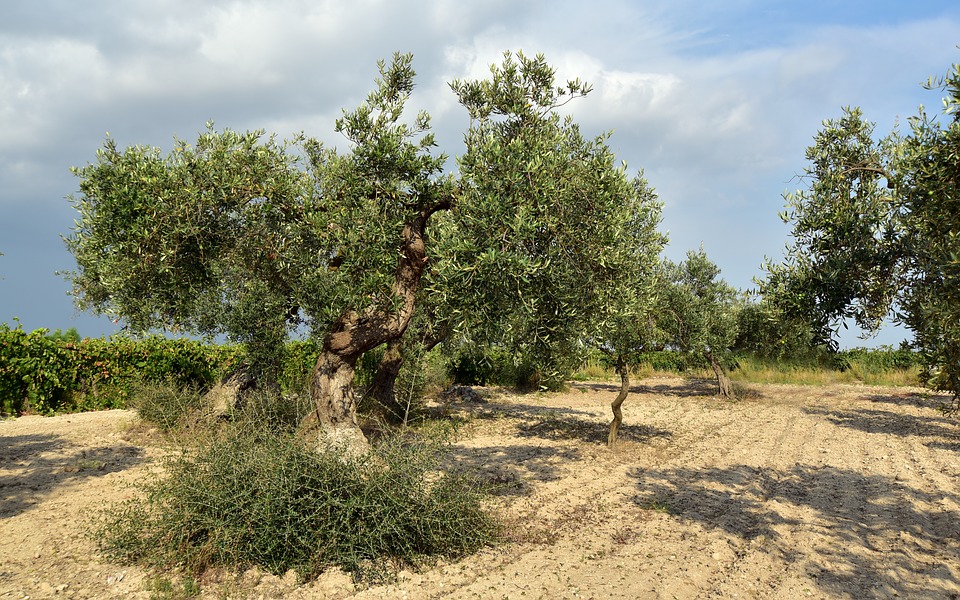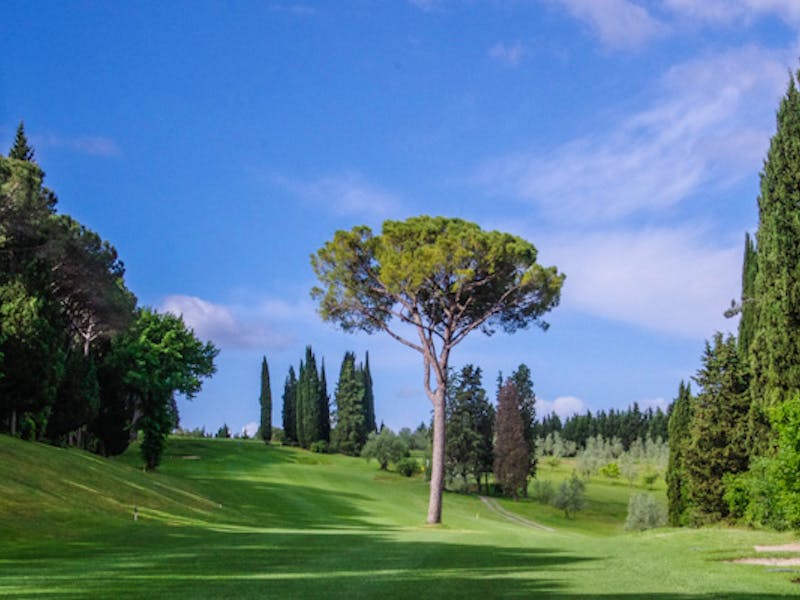8 Interesting Facts About the Olive Tree
Posted on
Many people love an olive – the mix of bitter, sweet and salty all in one mouthful – and we can all admire the stunning appearance of an olive tree, but did you know these eight facts about the beloved plant and appetiser?

Where Does the Name ‘Olive’ Come From?
The olive tree – its Latin name Olea Europaea – is likely to have derived from the Latin word ‘Oliva’. The general word ‘oil’, derived from the Latin ‘oleum’, can also be traced back to the liquid produced by olives.
Is the Olive a Fruit or a Vegetable?
Many people believe that it is the taste that determines whether a food is a fruit or vegetable, but this isn’t the case. Vegetables and fruits are determined by which part of the plant they come from. A fruit is an edible that develops from the flowering part of the plant, whereas a vegetable can come from all other parts of the plant, other than the flower. A vegetable can be a leaf, a root, stem or the bark of the plant. Knowing this helps us to determine that the olive is in fact, a fruit.
How Big Can an Olive Tree Grow?
Olive trees are incredibly slow growers, yet some have been known to reach an impressive 15-meters high! This height may not be an accurate representation of their potential growth, as many mature trees have been pruned and shaped for maximum yield of fruit and protection.
How Long Does an Olive Tree Live For?
There is a selection of olive trees which have been scientifically studied, of which, several were verified to be more than 2,000 years old! When an olive tree reaches a mature age, the trunk of the tree becomes much wider and the bark begins to become more textured, with twists and gnarls.

Where Can an Olive Tree Grow?
Olive trees thrive in warmer climates with hot and dry summers, and pleasant, mild winters. The tree suffers and can become damaged if temperatures drop below -10 degrees and it isn’t given any protection from the elements. The plant flourishes in a sunny position, with soil that is well-draining. A Mediterranean region is best suited for the tree, even on the driest of seasons, the olive tree roots are incredibly long and reach deep into the earth where the soil is still damp.
What Are the Leaves and Flowers Like?
The leaves are oval, with a single vein running from the connecting branch to the tip of the leaf. Some leaves have an off-white dusting on the underside and they are a medium to dark green on the top. Olive leaf extract contains anti-fungal and antibacterial properties, amongst others, which are proven to be beneficial to your health. The flowers are very delicate, with three to four white petals surrounding a light-yellow centre.
When Will an Olive Tree Bear Fruit?
The olive tree takes around 15 years to mature and begin harvesting fruit. The first flower of the tree will come when it is around four years old.
Do Black and Green Olives Come from a Different Tree?
The colour, rather than an indication of the variety of tree or olive, relates to whether the fruit is ripe. Unripe fruit is usually green whereas ripe fruit can be a variety of purples or black. Often a religious symbol, the olive branch has been used as a symbol of peace, victory and purity during times of conflict, struggle or worry. Still to this day, the branches are made into wreaths worn by brides and imagery is made with a dove carrying the branch.
Many of our stunning villas in Puglia are surrounded by ancient olive groves, offering visitors a truly Italian experience! Have we missed any interesting facts? Let us know via our social media channels, or if you want to learn more about Italy’s finest exports, why not check out our interesting facts about pasta?


